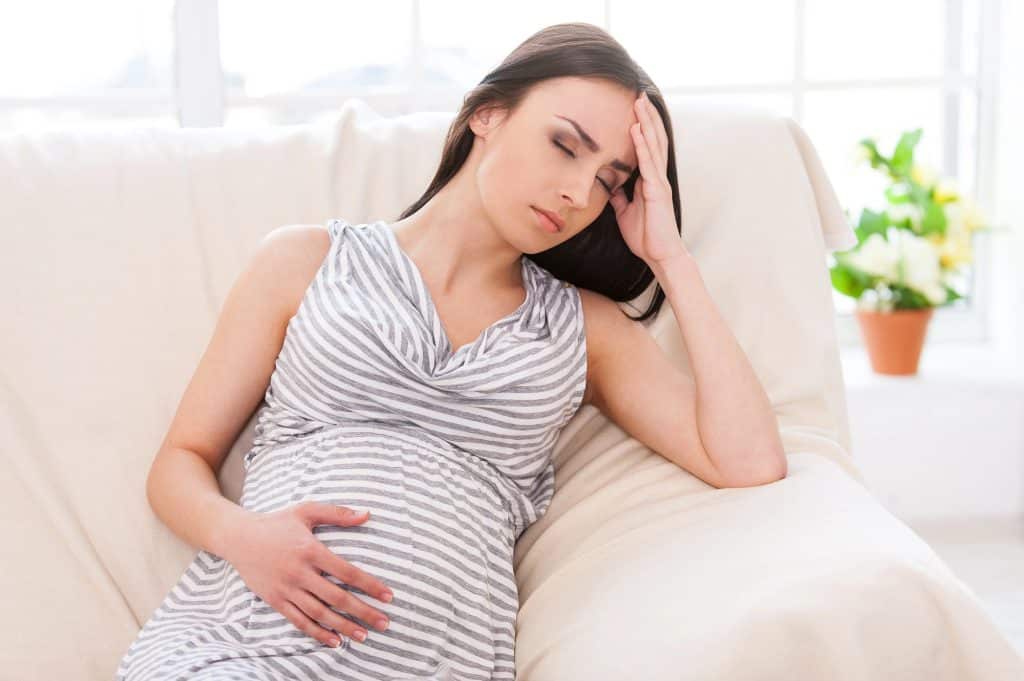Pregnancy is accompanied by significant hormonal changes that can also influence the frequency and intensity of migraine attacks. Migraine during pregnancy may appear in different ways—some women experience relief, others worsening, and for some, migraine appears for the first time during pregnancy.
Pregnancy and Migraine – Changing Effects
Around 60–70% of women report a decrease in migraine symptoms during pregnancy, especially in the second and third trimesters. On the other hand, about 10–15% experience worsening or new attacks. These changes are mainly linked to hormonal effects and the rise in HCG and progesterone levels.
Migraine in Pregnancy – Unique Triggers
Beyond hormonal influences, there are additional triggers: nutritional deficiencies such as iron and magnesium, disrupted sleep patterns, emotional stress, and physical discomfort. All of these can intensify migraine during pregnancy and affect quality of life.
Pregnancy Risks in Migraine
In most cases, migraine during pregnancy does not pose a direct risk to the mother or baby. However, some studies suggest a possible connection between maternal migraine and complications such as gestational hypertension or increased risk of preeclampsia. Regular medical follow-up is therefore essential.
Risks to the Baby from Maternal Migraine
Certain studies have found a potential link between maternal migraine and a higher risk of preterm birth or low birth weight. While these associations are not conclusive, they remain important to monitor with healthcare providers.
Risks to the Baby from Migraine Medications
One of the main dilemmas during pregnancy is medication use. Some drugs, such as triptans or specific preventive medications, are not recommended in pregnancy due to potential risks to the baby. Others, like acetaminophen, are considered safer with controlled use. In all cases, treatment decisions should be made with close medical consultation.
Non-Drug Approaches
Because of limitations on medications, many women turn to non-invasive, drug-free strategies. Maintaining consistent sleep, a balanced diet, adequate hydration, and moderate physical activity can all help reduce attack frequency. Complementary technological options also exist, such as the 4Gates device, which is based on simultaneous stimulation of trigger points in the body. Designed for home use, the device is non-invasive and drug-free. Users have reported that it supports daily routines and helps reduce stress.
⚠️ It is important to emphasize: before using any new method during pregnancy or breastfeeding, always consult with a doctor.
Conclusion
Migraine during pregnancy is a complex phenomenon with multiple triggers and factors. Understanding the relationship between pregnancy and migraine, along with awareness of potential risks to both mother and baby, is vital for safe coping. Alongside medications, non-drug strategies may help women maintain better quality of life during this unique stage.

